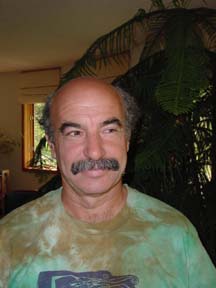Some Climate Observations
Even though December has the shortest days of the year, the coldest period of the winter is the latter half of January. The disparity, or lag time, is due to the fact that as days shorten, especially after the equinox around September 20, the amount of heat built up during the daytime is not as much as is lost overnight. So the overall cooling begins in late summer, and accelerates throughout the fall. The increase in day length after New Year's isn't enough to reverse the trend, so the climate keeps cooling on through January. It's only when the days have lengthened enough to allow heat gain to exceed heat loss that the climate begins its slow warming.
A look at the average highs and lows through the fall and winter months shows the pattern.
...........Oct Nov Dec Jan Feb Mar
Highs ..72 ..58.. 48.. 46 ..52.. 62
Lows ...50.. 39.. 29.. 26.. 30.. 38
(numbers from Weather.com) http://www.w3.weather.com/activities/other/other/weather/climo-monthly-graph.html?locid=72632
The Chinese had names for two week periods through the year, and the first two weeks of January were called "the little cold", and the second half was called "the great cold". It's some relief to realize that the world is already warming measurably in February, and that the rate of warming increases as the ratio of day-length to night-length increases. A similar lag time phenomena happens in the summer, so that the hottest part of the year occurs after the period of longest days. Similarly for summer days, the hottest part of the day is around 5pm, well past the point when the sun is overhead.
I'm working on HTML, please forgive current awkwardness.


0 Comments:
Post a Comment
<< Home